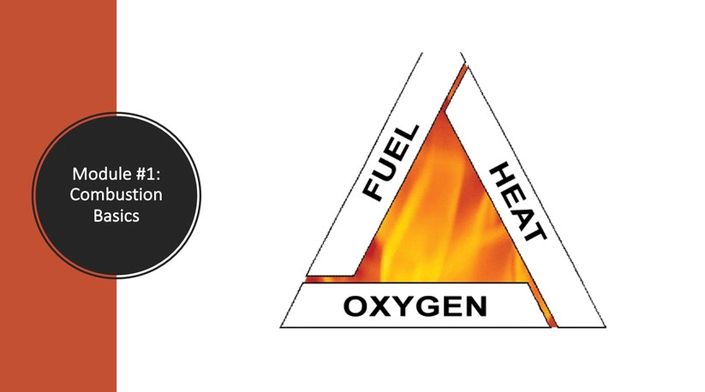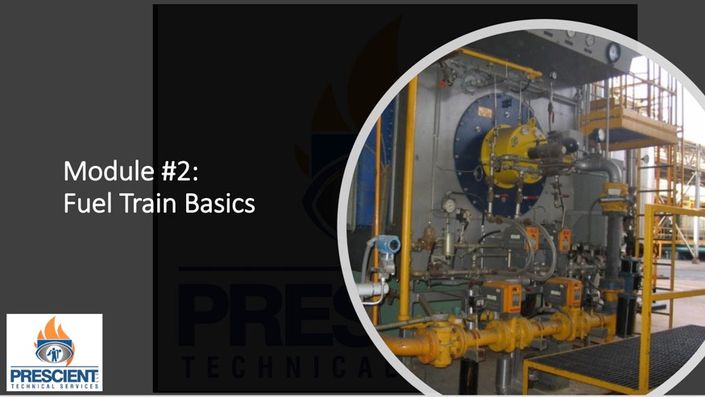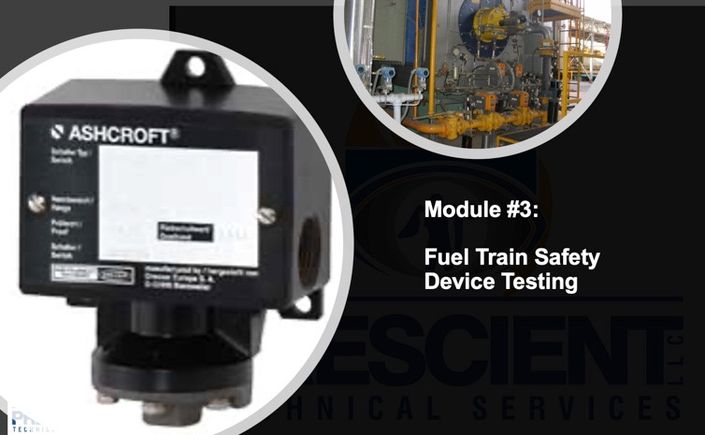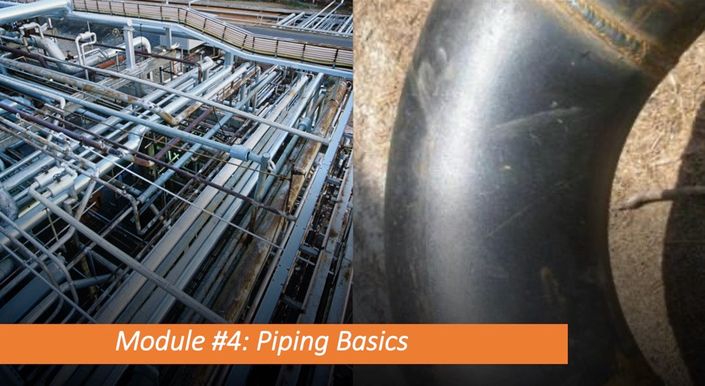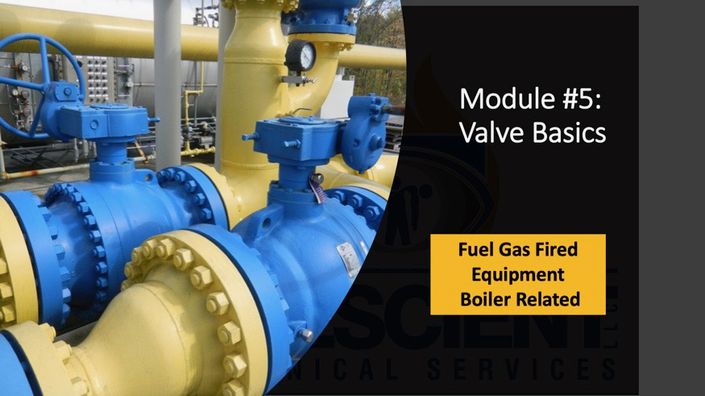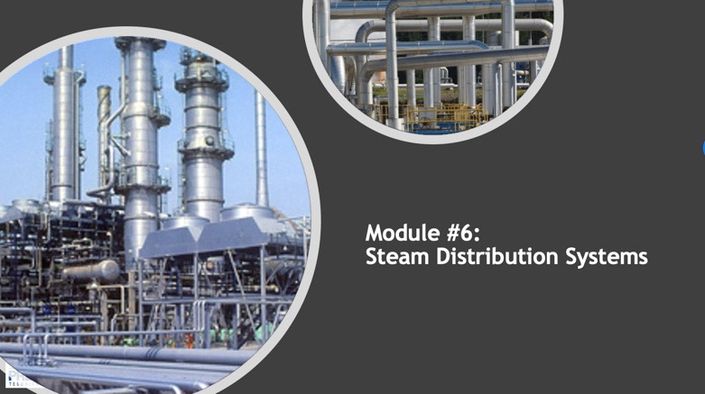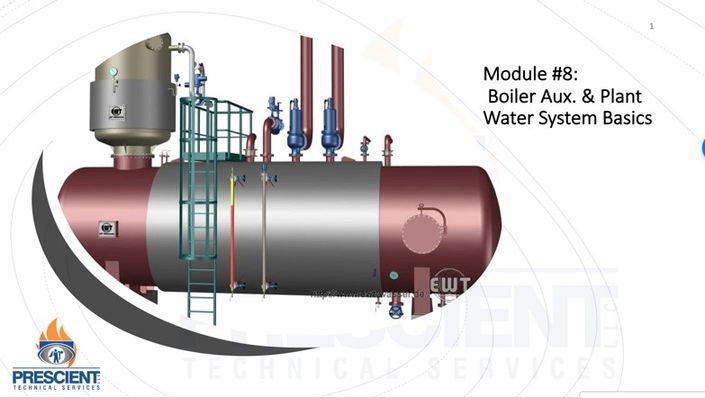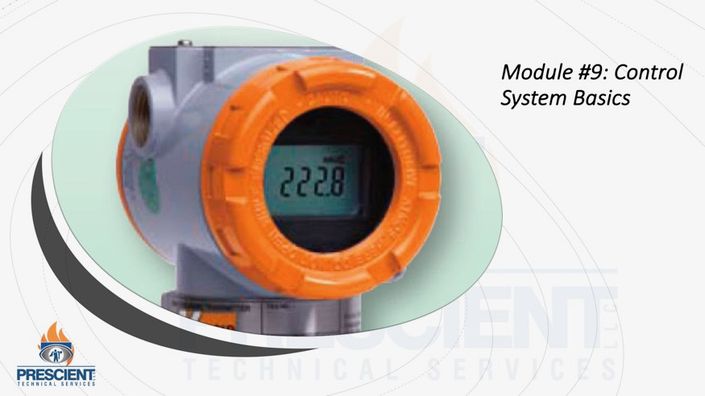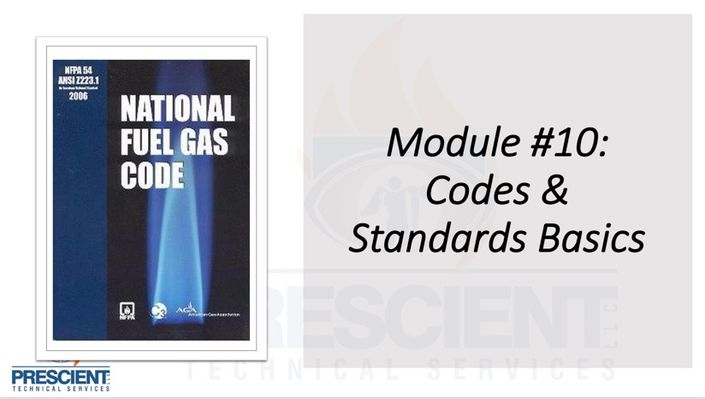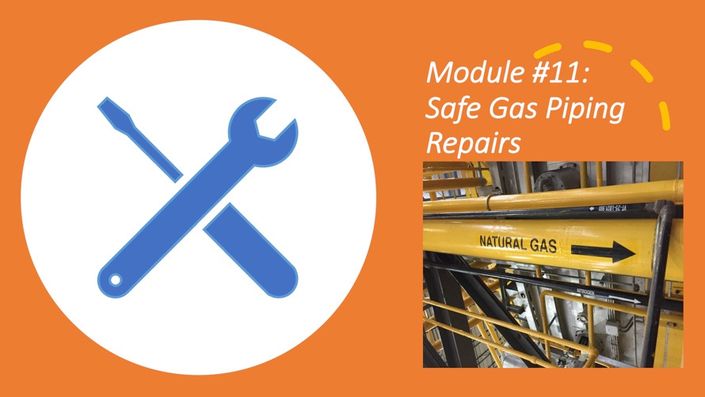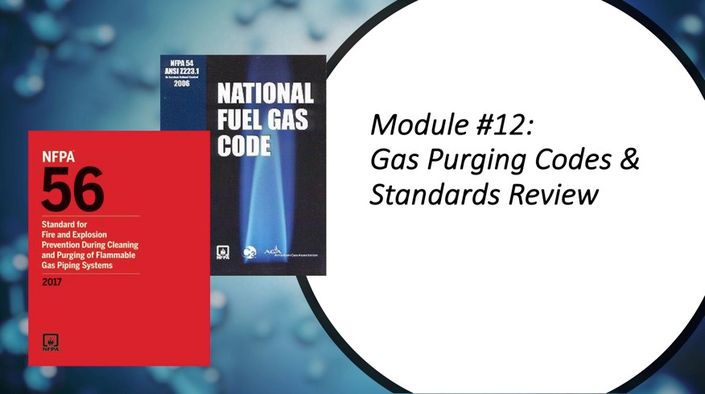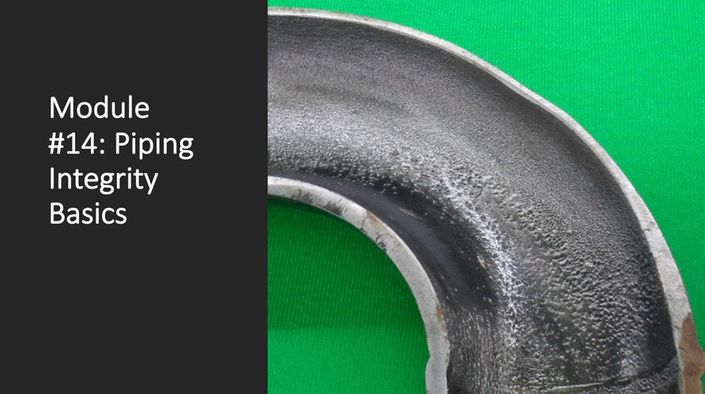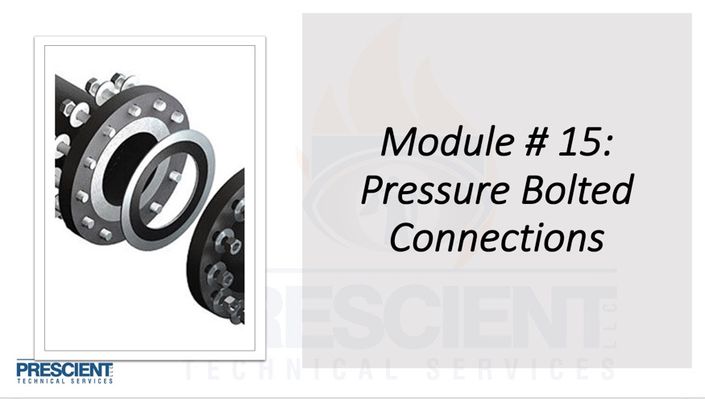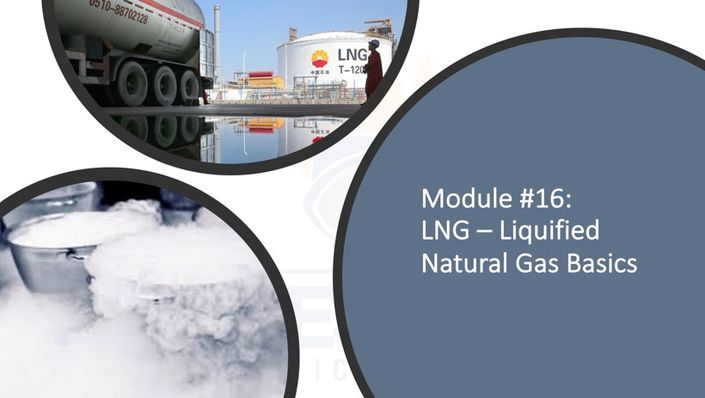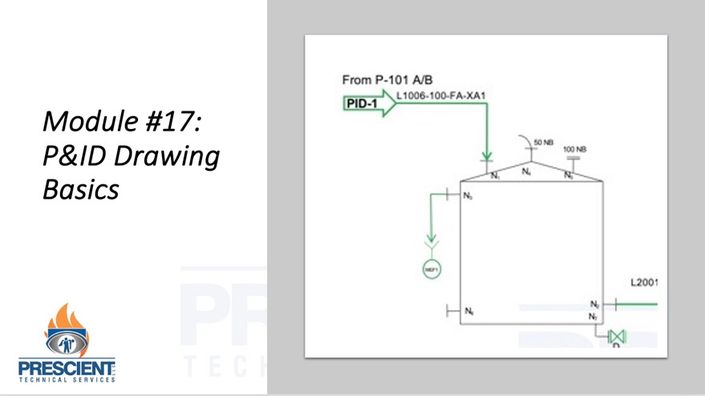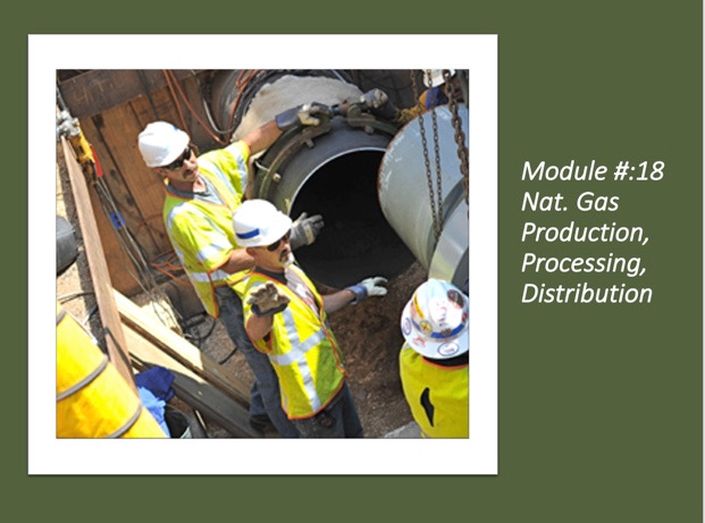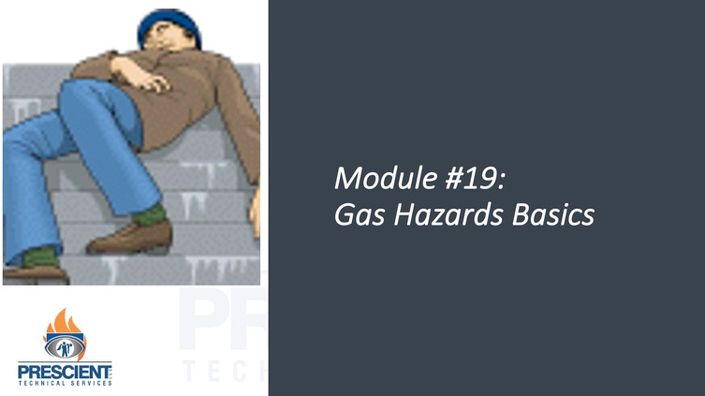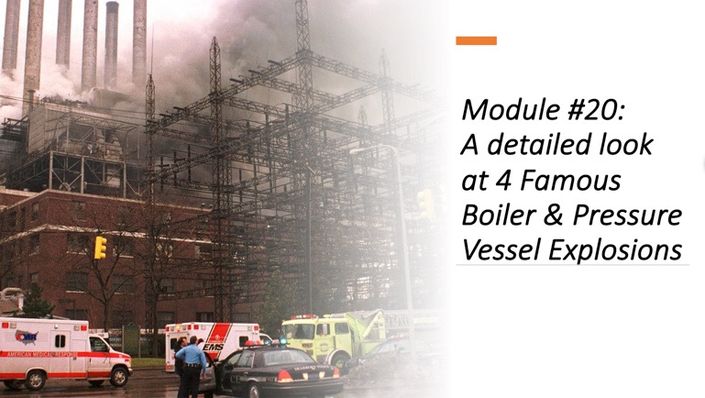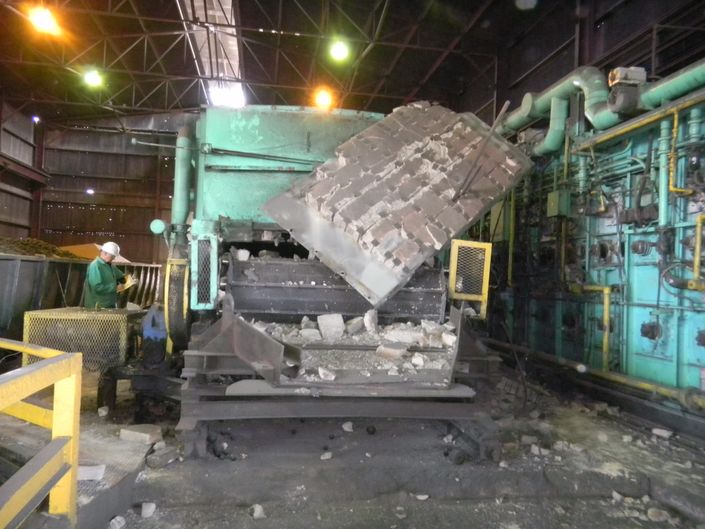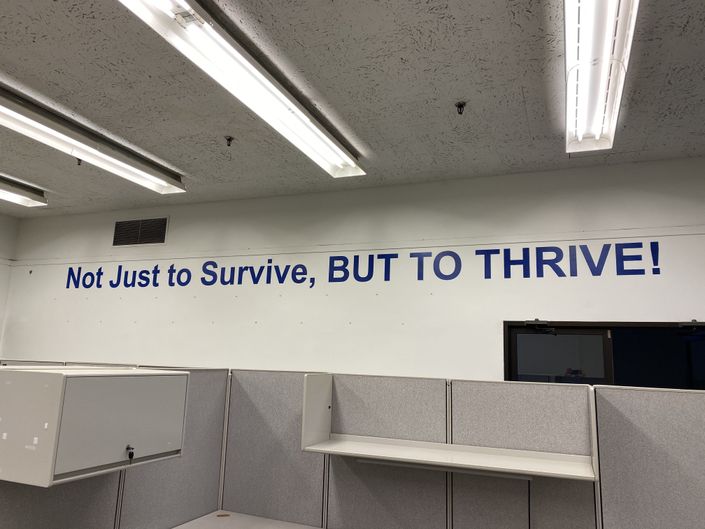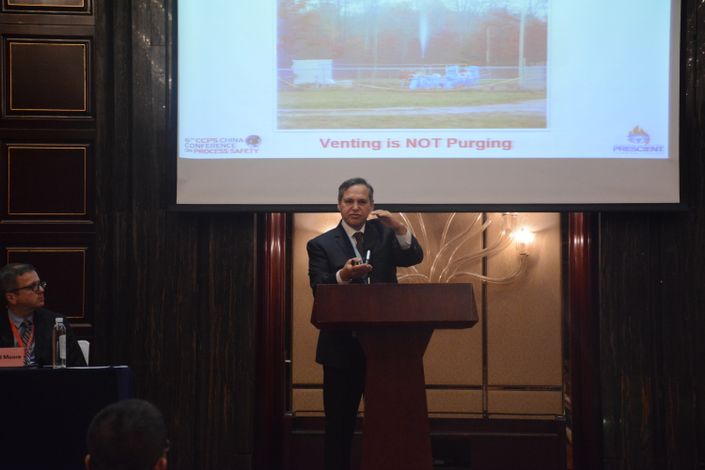
Simple and effective explanations from someone who has been at this for over 40 years, member of many NFPA committees, and has trained thousands all over the world. Money back guarantee, you will be pleased and see value!
20 Things You Will Learn
1. Where to find important hazardous properties about gases.
2. NFPA compressed has standard discussion
3. Discussion of 4 important gas characteristics or hazards, (Vapor density, flammability, toxicity, and asphyxiation hazards)
4. Vapor density comparison amongst different gases.
5. Where released gas is likely to go and why
6. Comparison of vapor density and flammable ranges.
7. Discussion of toxicity issues including PEL’s, (permissible exposure limits)
8. Sources to identify exposure limits for various types of gases including TWA’s, IDLH’s, and STEL’s
9. Three (3) important gas pressure release considerations you should plan for
10. Pneumatic pressure testing safety hazards and considerations, including the storage of energy and what can happen if there’s a release.
11. Five (5) considerations when working with pressured gas or pneumatic systems that can enhance safety.
12. Definition of mechanical integrity and sources of information to let you know how to set up a system, including where they are legally required.
13. NDT, non-destructive testing methods that are used in mechanical integrity programs.
14. Overpressure protection system considerations
15. Codes & standards related to gas flammability safety and purging.
16. Ten (10) ignition sources that you may never have considered.
17. FRC clothing considerations for protection from flammability hazards, how to select them, wear them, and know what the protection level is.
18. Toxicity risks and how to provide protection from them
19. Asphyxiation risks, nitrogen hazards, and the effects of oxygen deprivation.
20. Carbon monoxide hazards, how to recognize them and avoid them.
Example Curriculum - 77 Minutes of content, w/o quizzes
Toxicity is often overlooked when you're thinking about flammability.
This module explains 4 distinct gas hazards including toxicity. Sources are provided for toxicity effects of specific gases. These provide an additional threat zone that possibly may have been overlooked.



